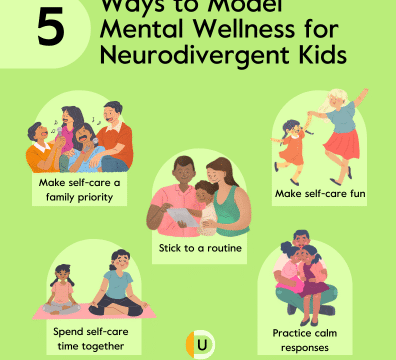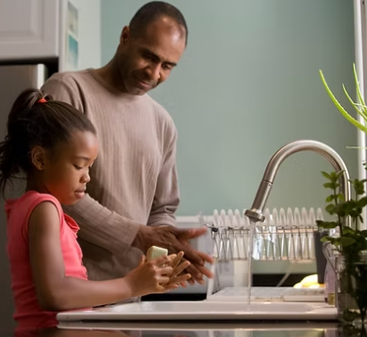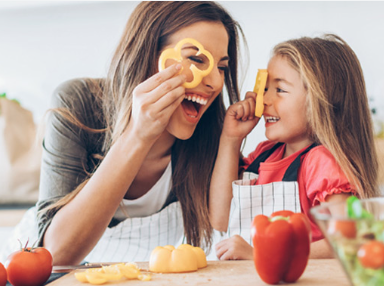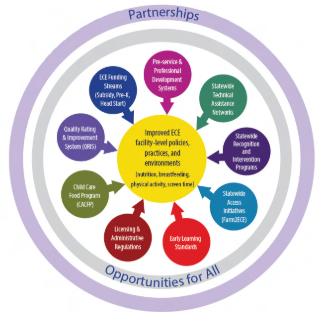Children naturally love to move, explore, and play. Their curiosity about the world often leads them to run, jump, dance, and invent games on their own. But in today’s world, with busy schedules and so many screens competing for attention, children sometimes need extra encouragement to stay active. Parents play an important role here, not only by encouraging play but also by modeling it themselves. When parents show that play and movement are part of everyday life, children quickly learn to value and enjoy active habits.
Active play is more than simply running around in the park. It is a form of learning that helps children develop motor skills, social skills, and confidence in their bodies. Parents who step into this space with a friendly, positive approach create lasting memories for their children while also strengthening their family bond. There are many gentle and natural ways parents can model active play, and these moments often become some of the most joyful parts of family life.
One of the most powerful ways to inspire children is through shared participation. When a parent gets up from the sidelines and joins in, children immediately feel more motivated. A simple game of tag becomes more exciting when a parent is running, laughing, and playfully chasing along. Dancing to music in the living room turns into a celebration when parents move with energy and joy. These shared experiences create a safe environment where children know it is fun to let go, be silly, and enjoy movement without judgment.
Parents can also show their children the natural beauty of active play outdoors. Walking together through the neighborhood, exploring a garden, or playing at a local park shows children that movement can be part of everyday routines. When a parent bends down to examine a flower, climbs a small hill, or tosses a ball in the grass, they are modeling curiosity and physical engagement with the world around them. This simple presence outdoors shows children that being active is not a chore but a way of connecting with life.
Storytelling can make active play even more inviting. Parents who weave imagination into physical activities create magic for their children. Pretending to be explorers, inventing treasure hunts, or acting out favorite characters while moving together transforms ordinary moments into adventures. Children learn that play can combine creativity with exercise, and they often carry this imaginative spark into their own games. By joining in the storytelling aspect, parents show that active play is not just physical but also joyful and imaginative.
Friendly competition is another gentle way parents can model activity. A short race to the end of the street, a playful challenge to see who can hop on one foot the longest, or a fun toss-and-catch game with a ball can spark laughter and excitement. The goal is not to win but to share the spirit of fun. When children see their parents smiling through playful competition, they understand that effort, energy, and participation are more important than perfection.
Parents can also model consistency by naturally weaving small moments of play into daily routines. Stretching together in the morning, dancing while tidying up the house, or kicking a ball around before dinner shows children that play does not need special equipment or long hours. It can be a natural part of living. These small examples matter more than they seem, because children are always watching how their parents approach movement. By treating play as a normal and happy part of the day, parents show that activity belongs in every season of life.
Another friendly way to encourage active play is to celebrate effort rather than outcome. When a child sees a parent clapping and cheering even when they stumble or miss a throw, they learn that the joy of movement is more important than winning or looking perfect. Parents can model this attitude by showing the same grace with themselves, perhaps by laughing off their own small mistakes during a game. This kind of acceptance gives children confidence and removes pressure, making them more willing to keep trying.
Community spaces also provide wonderful opportunities for parents to show active play in action. Attending family events at local parks, joining community walks, or taking part in parent-child sports days allows children to see their parents engaging in activity with others. This demonstrates that play is not only for children but for people of all ages. It builds a sense of belonging, as children see that their family enjoys moving together with others in a friendly spirit.
Parents can model active play even in simple household settings. Playing hide-and-seek around the house, building a fort from cushions, or setting up a small obstacle course indoors brings movement into familiar spaces. These activities show children that active play is not limited to gyms or fields. It can happen anywhere, and it is always welcome. The message becomes clear: movement is accessible, fun, and part of home life.
Equally important is the way parents show their emotions during play. When children see their parents laughing freely, showing excitement, or expressing encouragement, they understand that active play brings genuine happiness. These emotional signals often mean as much as the activity itself. A parent who smiles while jumping rope or claps with delight after a playful dance encourages children more deeply than words alone ever could.
The long-term impact of parents modeling active play is profound. Children who grow up seeing their parents actively engage in movement are more likely to carry those habits into their own lives. They learn that activity is not about pressure or rules but about joy, creativity, and connection. Parents who model active play also strengthen family relationships, building trust and shared memories that children cherish as they grow older.
Friendly encouragement and example are at the heart of this process. Parents do not need elaborate plans or expensive tools to model active play. What matters most is presence, enthusiasm, and a willingness to step into the moment. By joining in with their children, parents show that play is valuable at every age. They remind their children that bodies are meant to move, hearts are meant to laugh, and families are meant to share joyful experiences together.
In the end, modeling active play is a gift parents give not only to their children but also to themselves. Moving together creates energy, lifts moods, and strengthens health for everyone involved. The playful spirit nurtured in these moments echoes long after the games are done, shaping a family culture where movement is welcomed and joy is shared. When parents choose to join the game, they create a legacy of active living that children carry proudly into the future.






